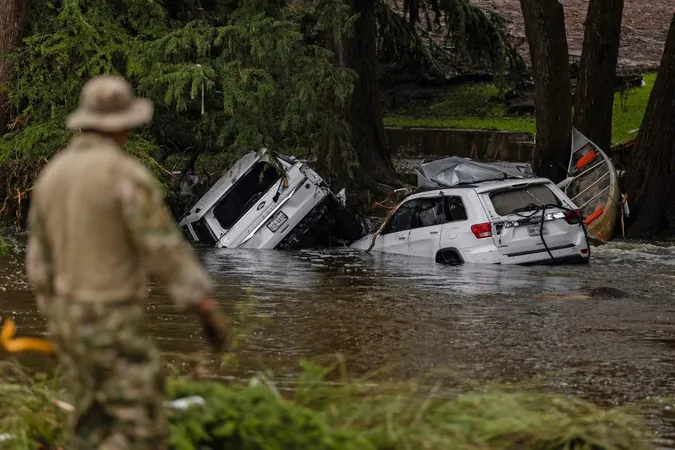
Did Texas Floods Get a Boost from Cloud Seeding? Not Even Close!
2025-07-11
Author: Charlotte
Busting the Cloud Seeding Myth!
In the aftermath of the devastating floods that swept Texas, people are eager to find someone or something to blame. A chilling theory that has emerged suggests a cloud-seeding startup named Rainmaker is responsible for the torrential downpours. However, atmospheric scientists are quick to dismiss this notion as baseless.
What Is Cloud Seeding?
Cloud seeding isn't a new phenomenon; it's been around since the 1950s. The process involves spraying tiny particles, like silver iodide, into clouds to stimulate precipitation. These particles mimic ice crystals, encouraging super-cooled water droplets to freeze and eventually fall as rain or snow.
Experts Weigh In: No Connection to Flooding!
Atmospheric experts like Katja Friedrich from the University of Colorado Boulder and Bob Rauber from the University of Illinois point out the glaring flaws in the cloud seeding theory. "Cloud seeding had nothing to do with it," states Friedrich, calling the idea a mere conspiracy theory.
Rauber emphasizes that if Rainmaker had any impact, it would be so negligible it wouldn’t even register statistically—especially when considering the immense amount of moisture involved in a catastrophic storm.
The Scale of Rainmaker's Impact vs. Nature's Fury
In Idaho, where studies revealed cloud seeding can add up to 186 million gallons of water, that amount pales in comparison to the trillions of gallons of water that a massive storm processes. "When you talk about that huge storm in Texas, we’re literally talking about a whole different ballpark," Rauber explains.
Timing and Type Matter
Rainmaker was seeding clouds days before the flood event; by the time the storm hit, the air over Texas had already moved on. Moreover, the summer cumulus clouds typical of Texas behave differently from the mountain clouds where cloud seeding is more effective. These clouds are often short-lived and do not readily yield significant rainfall.
In Conclusion: Nature’s Own Power
Ultimately, the idea that cloud seeding caused the floods in Texas is a myth. The natural processes governing thunderstorms are already highly efficient. Seeding these clouds is unlikely to yield any meaningful additional rainfall. So, while it’s easy to look for a scapegoat, the truth remains: nature is powerful enough on its own.

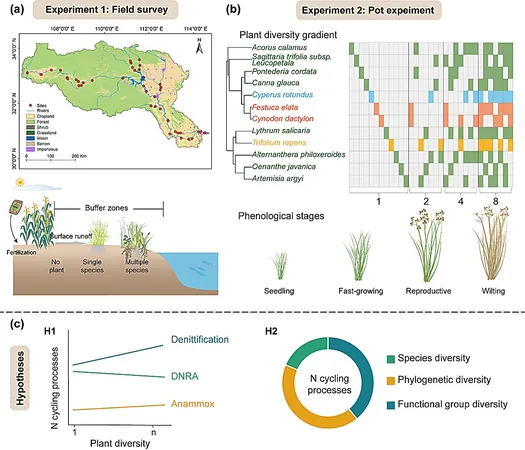
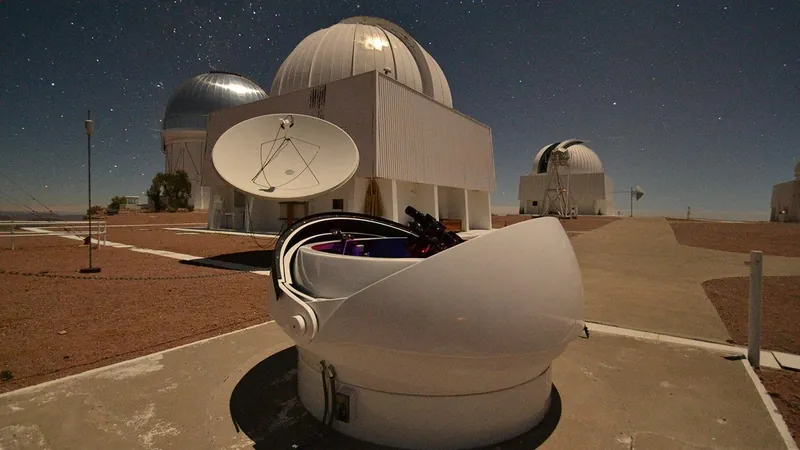

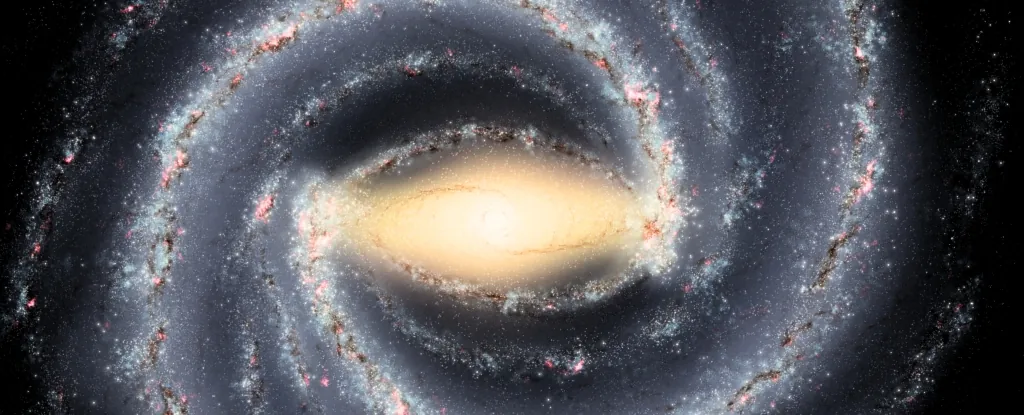

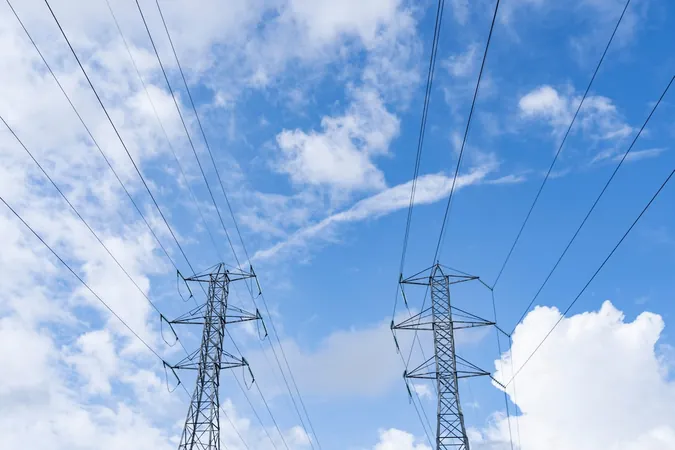


 Brasil (PT)
Brasil (PT)
 Canada (EN)
Canada (EN)
 Chile (ES)
Chile (ES)
 Česko (CS)
Česko (CS)
 대한민국 (KO)
대한민국 (KO)
 España (ES)
España (ES)
 France (FR)
France (FR)
 Hong Kong (EN)
Hong Kong (EN)
 Italia (IT)
Italia (IT)
 日本 (JA)
日本 (JA)
 Magyarország (HU)
Magyarország (HU)
 Norge (NO)
Norge (NO)
 Polska (PL)
Polska (PL)
 Schweiz (DE)
Schweiz (DE)
 Singapore (EN)
Singapore (EN)
 Sverige (SV)
Sverige (SV)
 Suomi (FI)
Suomi (FI)
 Türkiye (TR)
Türkiye (TR)
 الإمارات العربية المتحدة (AR)
الإمارات العربية المتحدة (AR)